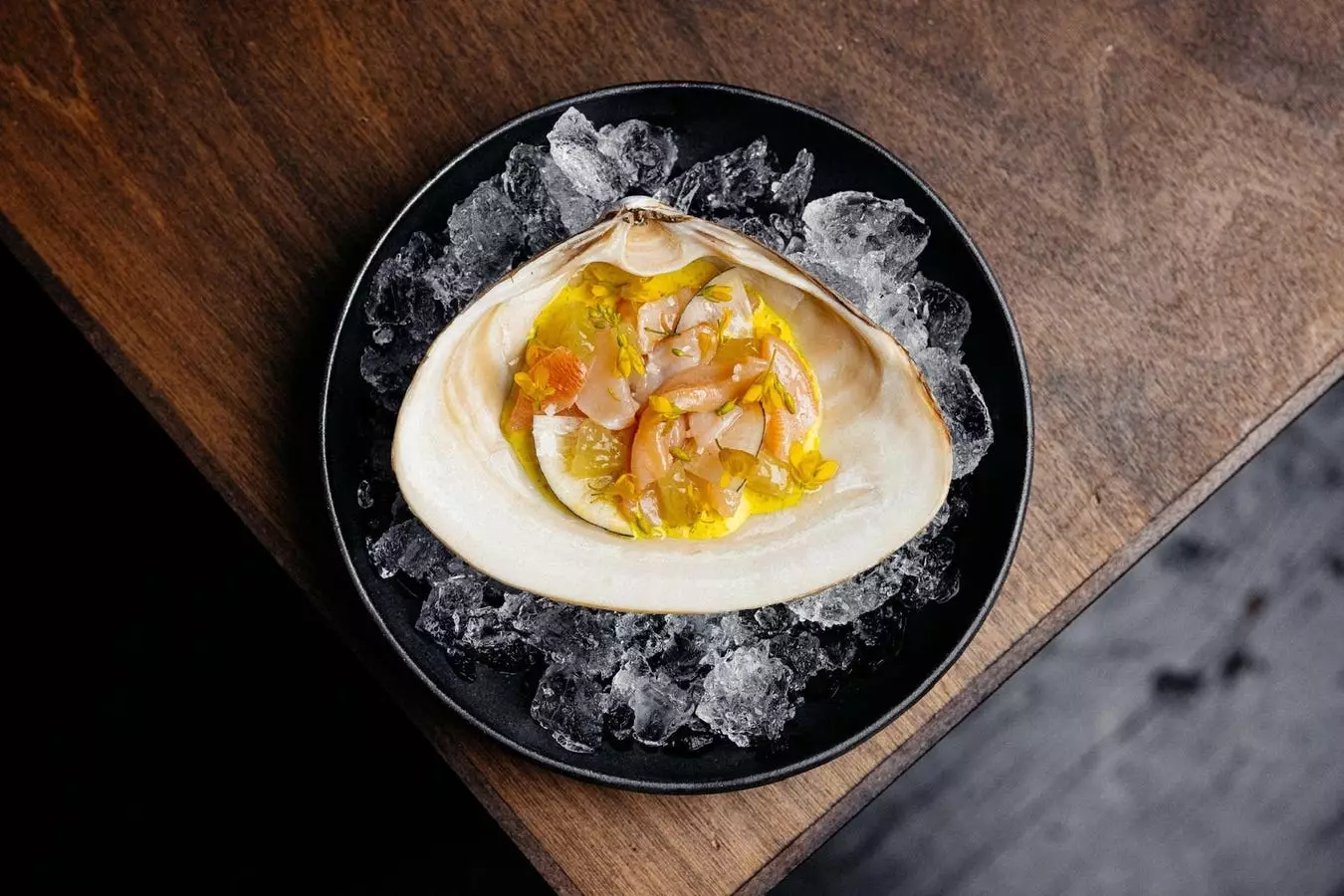The world of fine dining in the United States experienced a remarkable turning point on December 9, as Michelin revealed its latest star ratings for some of the nation’s culinary capitals, namely New York, Chicago, and Washington D.C. This annual event is more than just an awards ceremony; it serves as a testament to the artistry and commitment of chefs and restaurateurs striving for excellence in their culinary creations.
Among the significant highlights of the night was the elevation of Manhattan’s Jungsik from a two-star to a prestigious three-star rating, making it the first Korean restaurant in the United States to achieve such an accolade. This marks a significant milestone, especially since it has been over a decade since Eleven Madison Park received its three-star rating in 2012. Michelin’s three stars symbolize an “exceptional cuisine, worth a special journey,” which inherently raises the expectations and standards for restaurants across the country.
The Michelin inspectors played a pivotal role in this assessment, with one sharing that Jungsik stands out for its meticulous attention to flavor and texture, crafting meals that are not only visually stunning but also a playground of refined tastes. This new three-star designation reinforces the restaurant’s commitment to culinary innovation and excellence, propelling it into the pantheon of America’s elite dining establishments.
New York’s culinary scene remains vibrant, boasting a total of five three-star restaurants: Eleven Madison Park, Le Bernardin, Masa, Per Se, and now, Jungsik. Each of these establishments uniquely reflects the culinary essence of the city while maintaining the rigorous standards required for this highest accolade. The tastefully curated tasting menu at Jungsik, priced at $295, underscores the intricate culinary experience one can expect when dining at such distinguished venues. It is indicative of a broader trend within fine dining where price points are often reflective of the quality and artistry involved.
The Michelin evaluation is not limited solely to this top tier; numerous restaurants also earned two-star and one-star accolades. Notably, several two-star institutions retained their standing this year, including Chef’s Table at Brooklyn Fare and Aquavit, showcasing the consistent level of quality that patrons have come to expect from these establishments.
The announcement also marked a historic moment with many restaurants earning their first Michelin star. Among these were Bar Miller, a sustainable sushi haven, and Café Boulud, which recently reopened to much anticipation. These newcomers reflect the evolving dining landscape in cities like New York, which is increasingly embracing diverse culinary influences and sustainability practices.
One particularly interesting takeaway is the growing trend towards sustainability in fine dining. The recognition of Green Stars, awarded for environmental responsibility and practices, illustrates a shift in the culinary narrative. Restaurants such as Blue Hill at Stone Barns and Dirt Candy continue to innovate and set standards not just in their cuisine but in their approach to sustainability as well.
Michelin’s influence extends beyond just stars, as evidenced by the introduction of 16 new entries into the Bib Gourmand category, which recognizes establishments that offer “good quality food at a good value.” This designation is vital for highlighting gems within the food scene that may not possess the star ratings but offer exceptional dining experiences nonetheless.
The Bib Gourmand guide’s continuous growth demonstrates the wealth of culinary talent thriving in cities like New York and Brooklyn, even as the total number of these recognized restaurants has declined. This time, the list includes up-and-coming spots such as Bayon and Bonnie’s, reflecting the city’s rich diversity in food offerings.
A Reflection of Culinary Diversity
While New York City shines as the epicenter of culinary excellence, it is essential to highlight that the Michelin rankings have noted a lack of starred restaurants in areas like Queens, The Bronx, and Staten Island. This opens a dialogue about culinary recognition beyond the well-trodden streets of Manhattan and can encourage diverse neighborhoods to cultivate their dining scenes.
The recent Michelin star announcements highlight not only the prestige associated with Michelin ratings but also shine a light on emerging culinary trends such as sustainability and diversity. As chefs continue to push boundaries and redefine fine dining, we celebrate those who earn the acknowledgment of Michelin. It is an exciting time for food lovers, with an ever-expanding culinary horizon ahead.


Leave a Reply